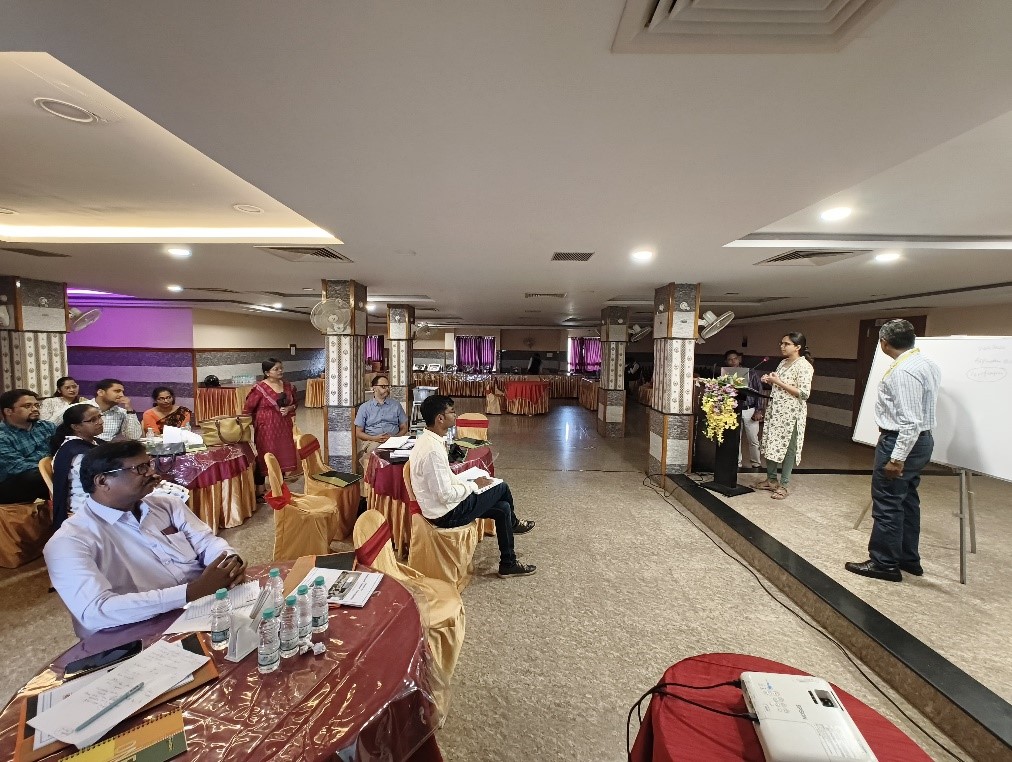
IPSI aims to provide technical support to the Government of India’s Ayushman Bharat- Health and Wellness Center (HWC) program to improve coverage and quality of health services through evidence-based health systems strengthening. As part of this support, a need was felt to develop a facility-based performance dashboard that would be helpful for the districts. This exercise has the broader objective of enhancing the use of data generated from routine data systems for improved program planning and management.
A prototype dashboard reflecting the performance of HWCs in three districts (Bhavnagar, Kalahandi and West Garo Hills) has been developed. This dashboard comprises 50 indicators arranged into four domains: (1) Capacity to deliver HWC services (2) Service delivery of HWC packages (3) Quality of care including quality assurance certifications and (4) Service coverage in facility catchment population. Cross-sectional data are presented for a quarter, time trends were depicted over quarters. The dashboard provides three views: facility, block and district to enable decision making at different levels.
To understand the district official’s views on potential uses and uptake of dashboard in their work-settings, consultations were held at three sites. The dashboard was presented to the district leaders (chief district health officers and equivalent) and team of district officials engaged in HWC monitoring activities.
| Sr. No. | District | Date of the consultation |
| 1 | West Garo Hills | 19 June 2024 |
| 2 | Bhavnagar | 26 June 2024 |
| 3 | Kalahandi | 2 July 2024 |
District officials expressed interest in using such a comprehensive dashboard for HWC monitoring- during review meetings and generating reports at district level. At facility level, potential use by facility managers in understanding their facility better and planning for service delivery were identified. Additionally, modifications were suggested such as- addition of indicators, and change in data sources. An interactive and dynamic platform was preferred. The consultations helped in understanding health system priorities, that in turn can enhance potential for dashboard incorporation into day-to-day work, support local ownership and establish ongoing linkages with existing accountability mechanisms.


